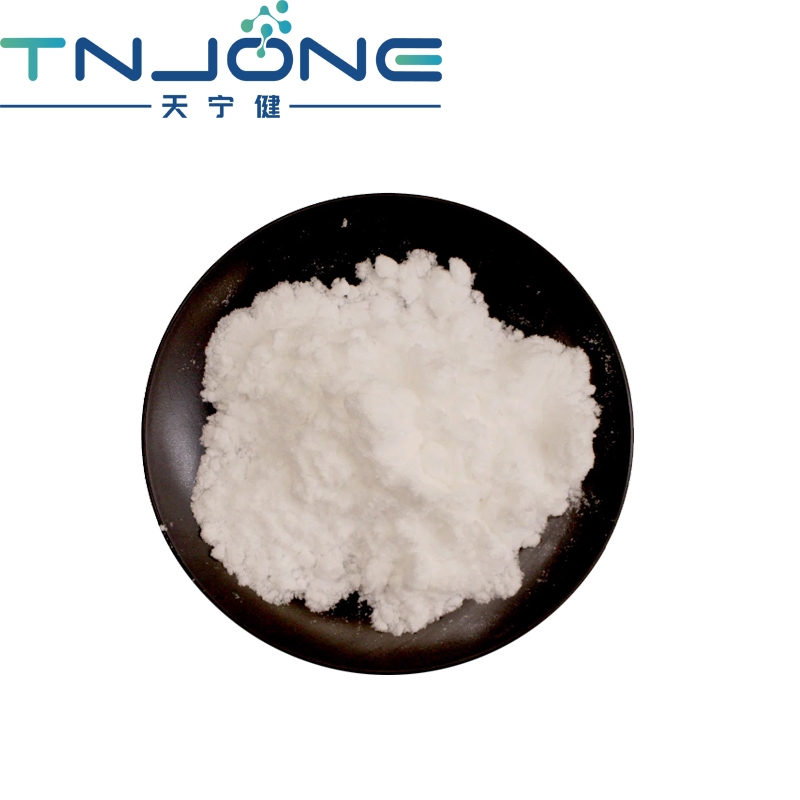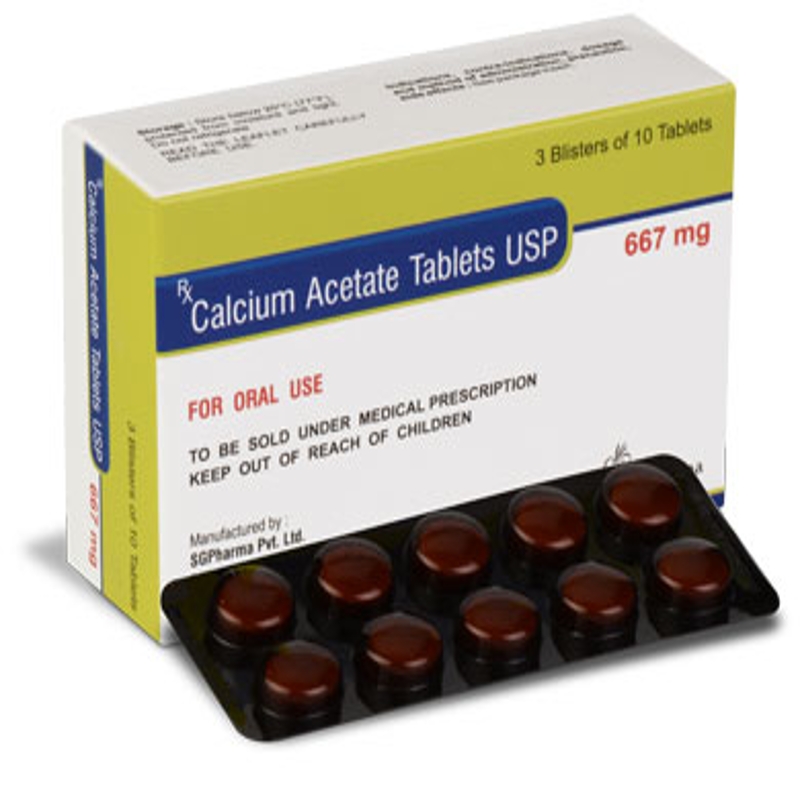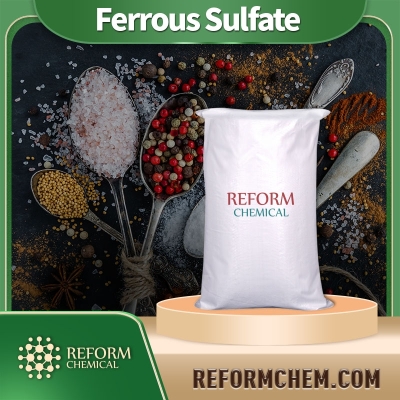-
Categories
-
Pharmaceutical Intermediates
-
Active Pharmaceutical Ingredients
-
Food Additives
- Industrial Coatings
- Agrochemicals
- Dyes and Pigments
- Surfactant
- Flavors and Fragrances
- Chemical Reagents
- Catalyst and Auxiliary
- Natural Products
- Inorganic Chemistry
-
Organic Chemistry
-
Biochemical Engineering
- Analytical Chemistry
-
Cosmetic Ingredient
- Water Treatment Chemical
-
Pharmaceutical Intermediates
Promotion
ECHEMI Mall
Wholesale
Weekly Price
Exhibition
News
-
Trade Service
Central venous catheters (CVCs) are widely used in patients with acute myeloid leukemia (AML)
.
Complications associated with CVC are frequently encountered and contribute to morbidity and mortality
.
Prospective studies investigating and comparing different types of CVC complications in AML patients and their impact on quality of life are limited
.
A research team conducted a prospective observational study to assess complications associated with CVC use during induction chemotherapy in adult AML patients and to assess patient-reported quality of life outcomes during and after hospitalization
.
Central venous catheters (CVCs) are widely used in patients with acute myeloid leukemia (AML)
Figure 1: Patient-reported experiences and activities related to CVC
.
Mean scores on questionnaires administered to patients 2 weeks after CVC placement and 90 days after discharge
.
Results were compared with the Wilcoxon rank sum test
.
TCC, tunneled central catheter; PICC, peripherally inserted central catheter
.
.
Mean scores on questionnaires administered to patients 2 weeks after CVC placement and 90 days after discharge
.
Results were compared with the Wilcoxon rank sum test
.
TCC, tunneled central catheter; PICC, peripherally inserted central catheter
.
Table 1: Characteristics of patients
Table 1: Characteristics of patientsTable 2: Complications associated with CVC in AML patients The results show that 50 newly diagnosed AML patients (median age, 59 years) receiving intensive induction chemotherapy were included in the study
.
A peripherally inserted central catheter (PICC) was placed in 29 patients (58%) and a Hickmann tunneled central catheter (TCC) was placed in 21 (42%) patients
Table 2: CVC-related complications in AML patients Fifty newly diagnosed AML patients (median age, 59 years) receiving intensive induction chemotherapy were included in the study .
A peripherally inserted central catheter (PICC) was placed in 29 patients (58%) and a Hickmann tunneled central catheter (TCC) was placed in 21 (42%) patients .
Catheter-related thrombosis occurred in 3% of cases in PICC but not in TCC .
Original source:
Original source:McKeown, C.
, Ricciuti, A.
, Agha, M.
McKeown, C.
, Ricciuti, A.
, Agha, M.
et al.
A prospective study of the use of central venous catheters in patients newly diagnosed with acute myeloid leukemia treated with induction chemotherapy.
Support Care Cancer 30, 1673–1679 (2022 ).
https://doi.
org/10.
1007/s00520-021-06339-x McKeown, C.
, Ricciuti, A.
, Agha, M.
et al.
A prospective study of the use of central venous catheters in patients newly diagnosed with acute myeloid leukemia treated with induction chemotherapy.
Support Care Cancer 30, 1673–1679 (2022).
https://doi.
org/10.
1007/s00520-021-06339-x Leave a comment here







